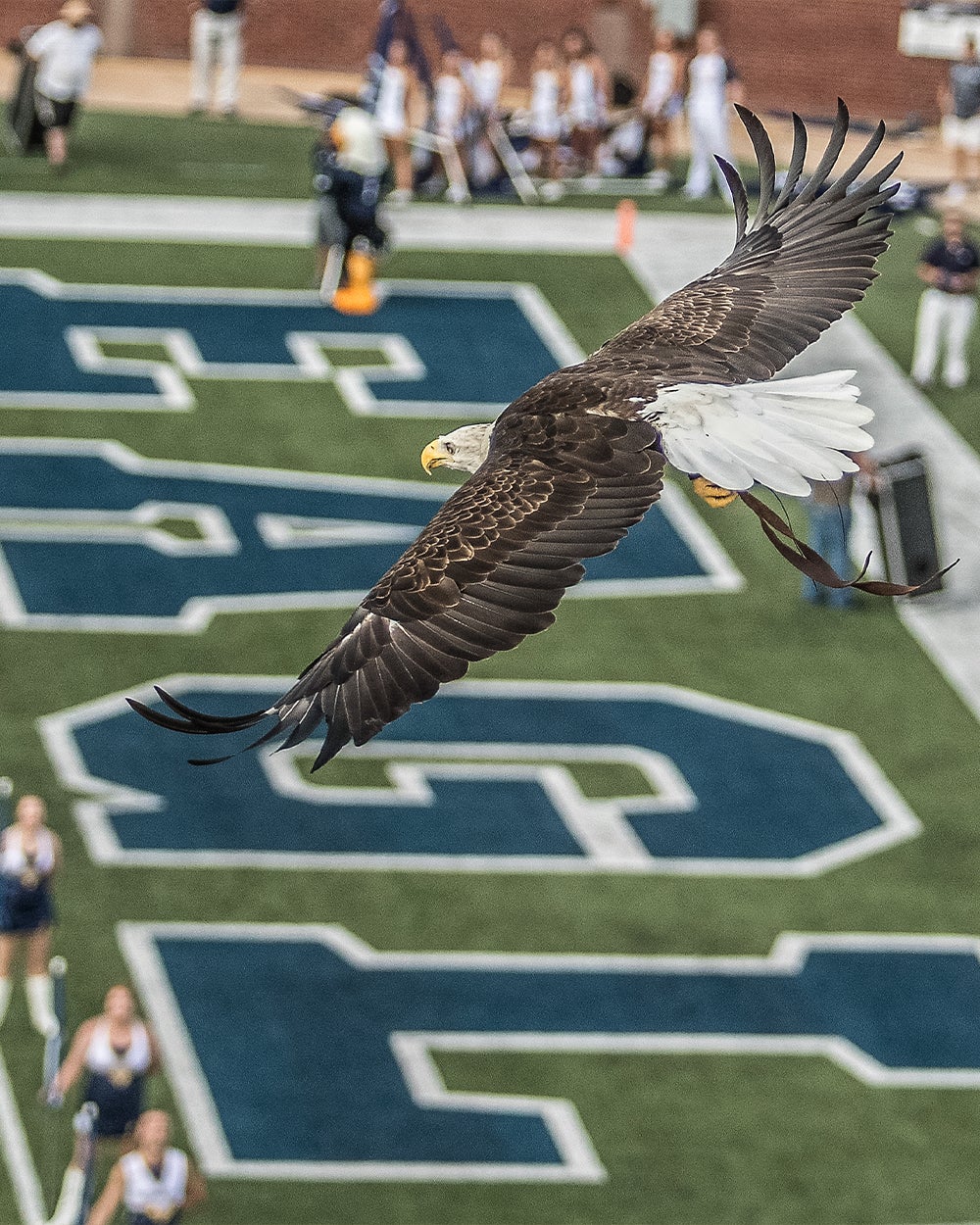Georgia Southern University Biology Research of Invasive Insects May Improve Ability to Effectively Use Pesticides, Decrease Long-Term Costs
 Research conducted by Georgia Southern University assistant professors of biology, Scott Harrison and Ed Mondor, investigating the genetic diversity of a well-known pest insect, may help farmers more effectively use pesticides and potentially decrease long-term costs. The research was recently published in PLoS ONE, an international, peer-reviewed, open-access, online publication.
Research conducted by Georgia Southern University assistant professors of biology, Scott Harrison and Ed Mondor, investigating the genetic diversity of a well-known pest insect, may help farmers more effectively use pesticides and potentially decrease long-term costs. The research was recently published in PLoS ONE, an international, peer-reviewed, open-access, online publication.
The two researchers say that invasive pests’ impact on the U.S. economy is estimated at $138 billion annually. “Understanding the characteristics that make a species a good ‘invader’ are important for prevention of new invasive species and controlling established invaders,” says Harrison. “Our understanding of genetic diversity improves our ability to use pesticides to effectively control pest insects.”
One example the two researchers noted is that there is already a known genetic basis for pesticide resistance in aphids. Insect populations with high genetic diversity may require a combination of pesticides whereas populations or species with low diversity may require a simpler and potentially less costly approach.
Harrison and Mondor’s research focuses on Aphis nerii, a well-established invasive species in the U.S. that lives on both milkweed and oleander plants. During their research, they discovered extremely low genetic diversity in Aphis nerii populations in the southern region of the country. Harrison explains, “Aphids reproduce without mating, so mothers produce daughters that are genetic clones of themselves. During our research, we discovered a superclone.”
When Harrison and Mondor started the project, they began with the intention of using genetic markers to track individual clones to understand how patches of plants are colonized by aphids. They used genetic tools to distinguish clones as it is impossible to tell clones apart by visual methods.
“We were surprised to discover that there was no genetic variation among any of the individuals that we sampled – they were all the same clone,” he said. Harrison and Mondor later expanded their sampling to other locations in Georgia and eventually to California. They discovered that one genetic clone was distributed across the southern United States. To their knowledge this is the first time a single clone has been so abundant and distributed so broadly. “This might be the largest superclone ever discovered. From what we know about other aphids, it’s not even in the same ballpark,” says Mondor.
“This is counter to conventional thinking that some level of genetic diversity (even in asexual organisms) is necessary for an invasive species to become well-established. Our results certainly tell a far different story,” said Mondor. “This research may help scientists better understand the importance of genetic diversity for biological invasions, and lead to novel solutions to control the spread of these organisms.”
Georgia Southern University, a Carnegie Doctoral/Research University founded in 1906, offers 115 degree programs serving nearly 20,000 students. Through eight colleges, the University offers bachelor’s, master’s and doctoral degree programs built on more than a century of academic achievement. In 2011, the University was named the fourth most popular university in the country by U.S. News & World Report and is a top choice of Georgia’s HOPE scholars. Georgia Southern is recognized for its student-centered approach to education. Visit: www.georgiasouthern.edu.
Posted in Archive, Press Releases

